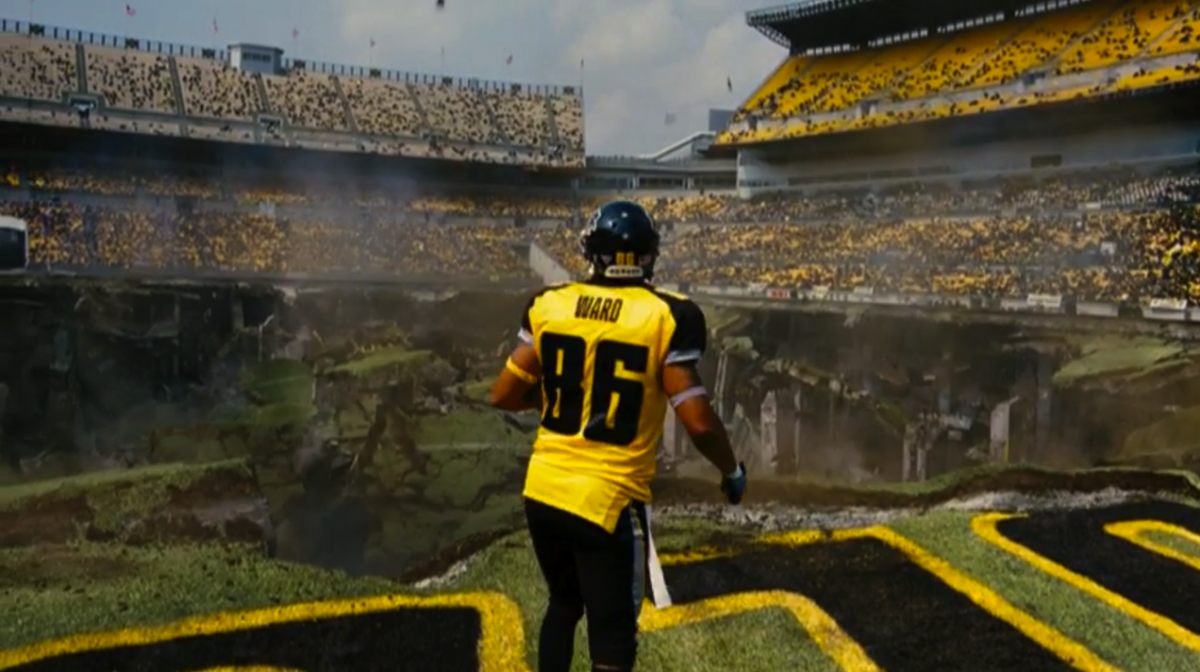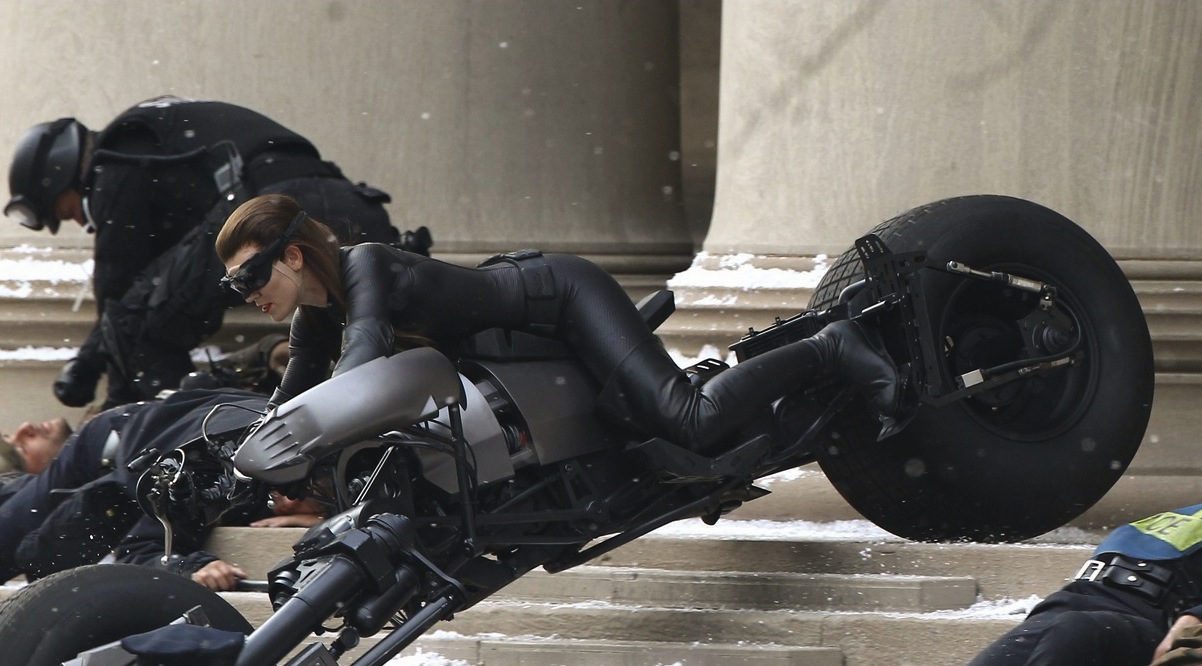Why was Pittsburgh used as Gotham city for the majority of “The Dark Knight Rises”?
Gotham City is one of comic literature’s iconic locations. Conceived as a form of a Chicago and nighttime New York hybrid, the city has moved around the world in its film adaptations.
Tim Burton’s Batman films in the late 80s and early 90s used London and false soundstage settings for their Gotham locations. Joel Schumacher’s Batman titles showed a futuristic Gotham akin to Blade Runner (1982), a cross between Manhattan and the Neo-Tokyo setting of Akira (1988). When Christopher Nolan took the reigns, he filmed the majority of Batman Begins (2005) and The Dark Knight (2008) in Chicago, though the style of Gotham still takes many cues from New York through cultural references like police car painting and newspaper layouts. As Nolan’s trilogy continued, he evolved the image of Gotham.
Nolan’s Gotham is a modern city that reflects various architecture and socioeconomic strata. It is an exaggerated New York, “with elements taken from Chicago, the elevated freeways and monorails of Tokyo, and the walled city” of Kowloon in Hong Kong, writes Filming Locations. Chicago was the basis for filming much of The Dark Knight.
When The Dark Knight Rises (2012) came along, Nolan’s aesthetic for Gotham remained similar, but the majority of shooting relocated to Pittsburgh; a far cry from the sprawling landscapes of Chicago or New York. The reason for the move played into Nolan’s aforementioned non-specific identity—he wanted Gotham to look like a number of familiar places, but stylized to be uniquely something else. In that sense, he wanted to capture the spirit of Gotham as it exists in comic lore; relatable, but fictional. Pittsburgh allowed that opportunity with its rich architectural variety and its less-obvious division of socioeconomic classes. The Mellon Institute, Carnegie Mellon University, and Heinz Field played major identifiable roles in the film.

About the switch, The Chicago Tribune said, “A quick shot of the Chicago skyline screams money and prosperity. A quick shot of Pittsburgh, where a lot of the film was shot, reveals working-class areas within yearning range of gleaming skyscrapers. You’d have to find a pretty wide lens before you could hold the poor of Chicago and the rich of Chicago within the same frame.”
On a budgetary level, shooting in Pittsburgh has proved beneficial for many filmmakers in recent years. Not only do the city and its residents have great tolerance for their town being used for filming, after launching a tax credit program for filmmakers in the early 2000s, Pittsburgh has seen a frequent use of its urban offerings in major motion pictures. Since then, Adventureland (2008), The Road (2009), Zack and Miri Make a Porno (2008), Love and Other Drugs (2010), Foxcatcher (2014), Out of the Furnace (2013), Jack Reacher (2012), The Perks of Being a Wallflower (2012) and American Pastoral (2016) are among the major pictures filmed in and around the city. However, Nolan chose Pittsburgh despite financial bonuses, and received no tax incentives for the film. He simply though it provided what he needed for Gotham.
“Pittsburgh is a beautiful city. We have been able to find everything we were looking for here, and I am excited to spend the summer in Pittsburgh with our final installment of Batman,” Nolan said.

As Dawn Keezer, Director of the Pittsburgh Film Institute told EW, “The Dark Knight Rises was an incredible, amazing opportunity for southwestern Pennsylvania. The city welcomed it with open arms. The decision [to film in Pittsburgh] wasn’t related to the incentive program at all; they chose Pittsburgh because of our history, because of our reputation, because of the fact that we have four crews that work in this industry on a full-time basis. Most cities our size are usually lucky to have one or two crews; we can now do four full features with all local hires.”
Overall, Nolan’s image of Gotham was well-received. The Dark Knight trilogy were critically well-received and major box office successes, rendering them the leading installments in the history of Batman movies. His unique perspective on shaping Gotham from various cities and focusing on architecture and economics over defaulting to the appeal of one location allowed him to craft a useful and aesthetically appropriate image of the iconic superhero city.

